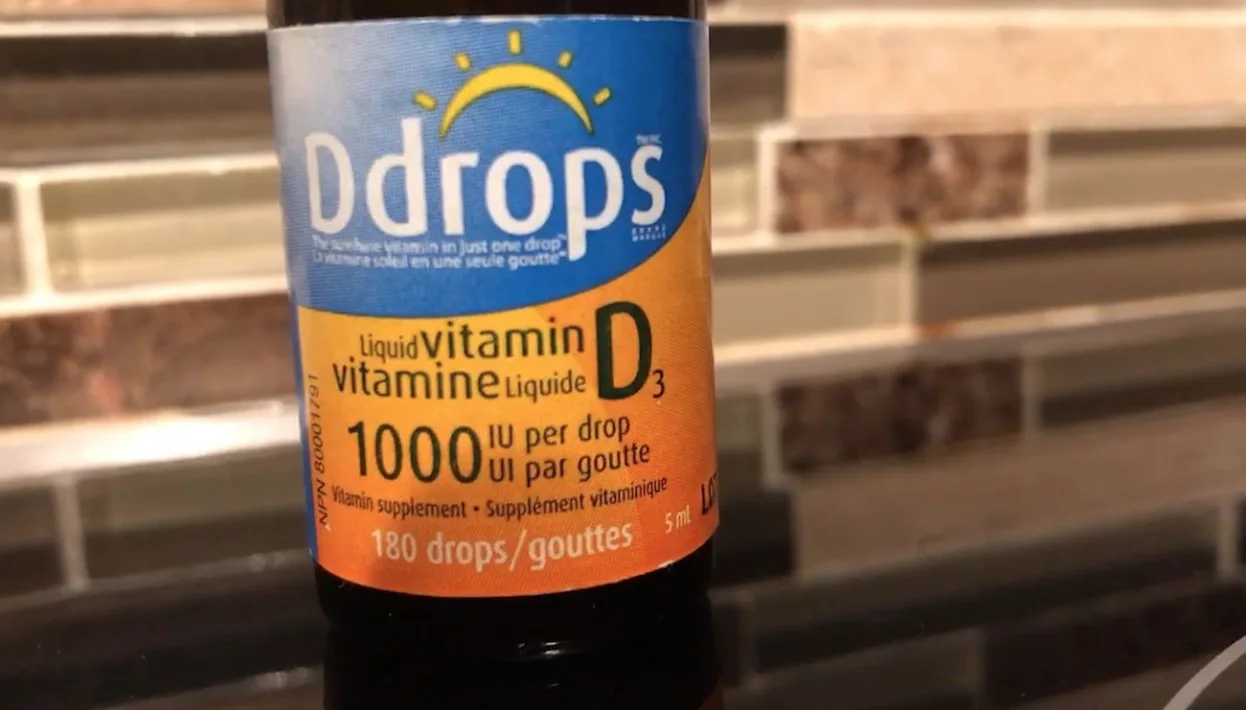
How to boost vitamin D levels (and, subsequently, your mood)
With an abundance of cloud cover, colder weather keeping us indoors, and less sunlight during the day, our vitamin D levels could take a major plunge throughout the late winter months. Here’s what you can do to help maintain healthy levels since we’re making less of it the natural way.
There have been many proven benefits of vitamin D and how it helps maintain a healthy immune system, however, as we spend less time in the sun, our ability to naturally make it declines.
Including vitamin D-rich foods and supplements are two ways you can ensure your body is not lacking this essential 'sunshine vitamin'. Below are some tips from healthcare professionals to help you get started.
Stock up on foods rich in vitamin D
“Fatty fish, like salmon, mackerel, herring and sardines are great sources of vitamin D,” explains nutritionist Diane Murphy.
She also added butter, eggs and mushrooms to the list.
In the grocery store, you will find products that have vitamin D added to them, like orange juice, some cereals, soy milk and dairy products. Consuming these products can all contribute to increasing vitamin D levels which in turn can boost your mood and create stronger bones.

People need approximately 600 to 800 international units (IU) of vitamin D per day, according to health experts.
RELATED: Are you getting your three weekly hits of vitamin D?
There are cases when these foods alone may not be enough and your doctor may recommend taking “D Drop”.
“When buying a vitamin D drop, you should look for the concentration of vitamin D in each drop, expressed as 'international units' or short-form IU. People need about 600-800 IU on a daily basis. With a max of 4000 IU per day,” explains pharmacist Victor Wong.

According to Harvard Health, about 5 ounces of salmon is about 400 IU, two 8-ounce cans of tuna is just over 400 IU, and an egg yolk is about 20 IU. It is possible to eat enough however, the drop is just more convenient.
WATCH | Turn your grocery list into a flu-fighting machine
Get vitamin D naturally
The UVB ray is what triggers the body to make the 'sunshine vitamin'.
Unfortunately, windows will block this ray, so getting sunlight through the window will not trigger your body to produce the vitamin.
A general rule of thumb is if your shadow is equal or shorter than your height, your body will naturally begin making vitamin D. The suggested time is midday, and all you need is about 15-30 minutes in the sun.
Your skin tone can also affect how much vitamin D your body will make - some need longer time in the sun in order to make an efficient amount.
Lastly, sunblock can inhibit your ability to naturally make vitamin D — but we don't advise skipping your daily SPF.
Signs of low vitamin D include:
Fatigue
Hair loss
Becoming sick or infected often
Muscle pain
Bone pain
For more tips, be sure to watch the video that leads this article.
Thumbnail credit: Gilnature | Creative #: 1301094916 | Collection: iStock / Getty Images Plus.
Editor's Note: This article and video that leads this article were originally published in March 2020.






